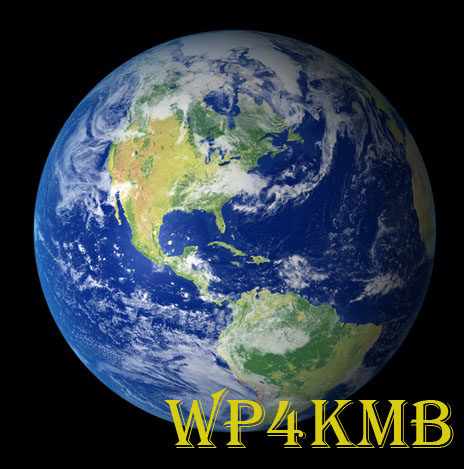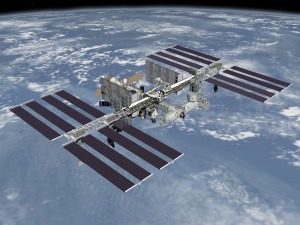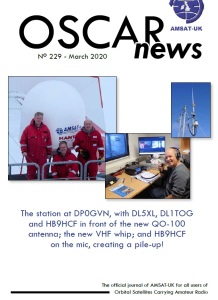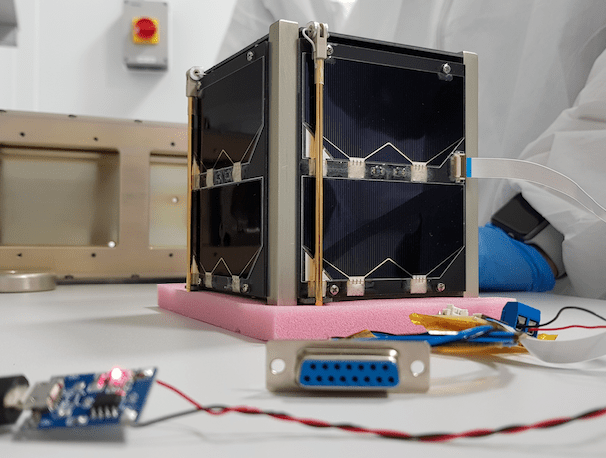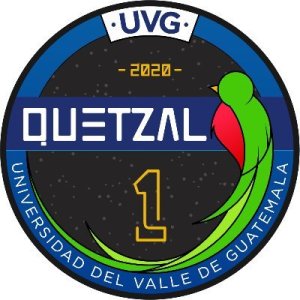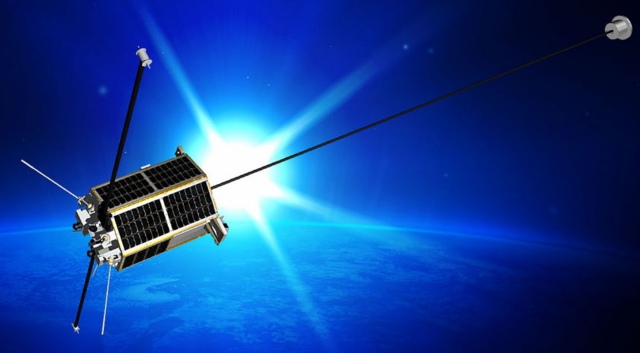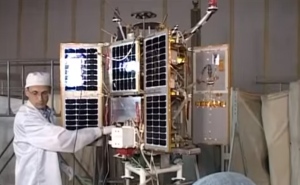Online Amateur Radio Satellite talk on Zoom
Online Amateur Radio Satellite talk on Zoom
On Wednesday, May 13, at 1830 GMT (7:30pm BST) Robin Moseley G1MHU will give a talk on Zoom titled “Introduction to amateur satellites, meteor scatter, EME and ISS”.
The presentation is being organised by the Denby Dales Amateur Radio Society and being on Zoom it’ll be viewable on any Tablet or Smartphone with the Zoom App or from a Windows PC or Laptop.
The Zoom meeting ID is 278 609 9353 https://zoom.us/j/2786099353
A range of other talks are planned to be available on Zoom, they include:
Tuesday 5th May 7.30pm BST Martin Butler M1MRB of ICQ Podcast – Talk on the Future of radio clubs – which way forward ?
Wednesday 6th May 7.30pm BST Open club discussion on using a VNA
Wednesday 13th May 7.30pm BST Introduction to amateur satellites, meteor scatter, EME and ISS Robin Moseley G1MHU
Wednesday 20th May Don Field G3XTT Editor of Practical Wireless magazine
Denby Dales Amateur Radio Society http://www.g4cdd.net/
m5aka
AMSAT-UK
Powered by WPeMatico
